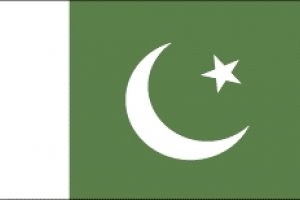Pakistan
Islamic Republic of Pakistan is a sovereign country in South Asia. With a population exceeding 180 million people, it is the sixth most populous country in the world that 96% of them Muslim. This makes it the second most populous Muslim country. The overwhelming majority of Pakistan's people are Muslim ,both Sunnis and Shias but Sunnis are form the majority while the Shias has the second largest number of Shias after Iran. The majority of Pakistani Sunnis belong to the Ḥanafiyyah (Hanafite) school, which is one of four major schools (madhhabs) or subsects of Islamic jurisprudence. Among Sunnis, Sufism is extremely popular and influential. In addition to the two main groups there is a very small sect called the Aḥmadiyyah, which is also sometimes called the Qadiani (for Qadian, India, where the sect originated). Among the Shiites there are several subsects; notable are the Ismailis (or Seveners)—including the Nizaris (followers of the Aga Khans, among whom are the Khojas and the Bohrās), who are prominent in commerce and industry—and the Ithna ʿAshariyyah (or Twelvers). After Islam, Hinduism and Christianity are the largest religions in Pakistan
Pakistan is bordered by India to the east, Afghanistan to the west, Islamic Republic of Iran to the southwest and China in the far northeast. It is separated from Tajikistan by Afghanistan's narrow Wakhan Corridor in the north, and also shares a marine border with Oman. This country is comprised of four primary provinces: Northwest Frontier Province, Punjab, Sindh and Balochistan.

Hinduism, Buddhism, and Shamanism were the prominent religions in the region until Muslim conquered this area during the 7th century AD.

Badshahi Mosque, Lahore
Pakistan has a long history of being conquered and ruled by outsiders, most recently, the region was part of British India before gaining independence in 1947.It was the Mughal Empire that converted much of the region of Pakistan from Buddhist and Hindu to Islam, and as the empire began to decline during the early 18th century, Afghans, Balochis and Sikhs assumed control until the British East India Company ascended over South Asia.
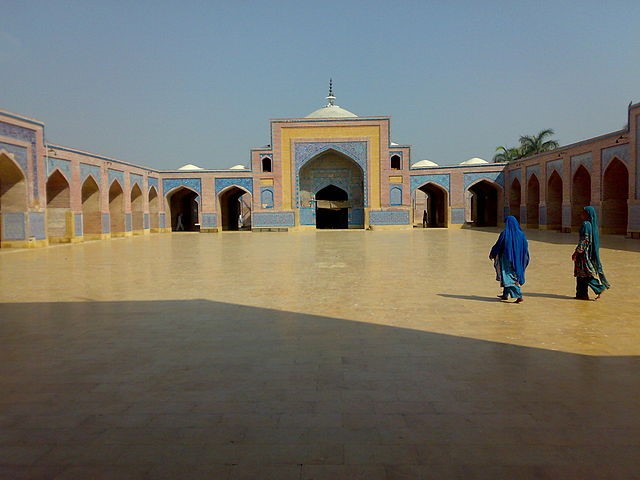
Shah Jahan Mosque, Thatta was patronized by the Mughal Emperor Shah Jahan.
From 10th century A.D. onwards, a systematic conquest of Indo-Pakistan by the Muslims from Central Asia began and lasted up to 18th century A.D., when the British colonized the Sub-continent and ruled for nearly 200 years (for 100 years over what is now Pakistan). The Muslim revival began towards the end of the last century when Sir Syed Ahmed Khan, a renowned leader and educationist, launched a movement for intellectual renaissance of the Indian Muslims. In 1930, the well-known poet/philosopher, Dr. Mohammed Iqbal conceived the idea of a separate state for the Muslims of the Sub-continent, and in 1940, the All-India Muslim League adopted the famous Pakistan Resolution.
After seven years of untiring struggle, under the brilliant leadership of Quaid-e-Azam Mohammed Ali Jinnah, Pakistan emerged on the world map as a sovereign state on August 14, 1947, when the British Indian Empire was partitioned into two independent states - India and Pakistan.
In 1947, as British rule came to an end in India, Pakistan was created when the Muslim-dominated parts of India of Hindu India, were given autonomy. Pakistan was created in 1947 as an independent nation for Muslims from the regions in the east and west of Subcontinent where there was a Muslim majority. For almost 25 years following independence, it consisted of two separate regions, East and West Pakistan, but now it is made up only of the western sector. Both India and Pakistan have laid claim to the Kashmir region; this territorial dispute led to war in 1949, 1965, 1971, 1999, and remains unresolved today.
Initially a dominion, Pakistan adopted a new constitution in 1956, becoming an Islamic republic .then, the city of Islamabad, with its mix of traditional Islamic architecture styles and modern features, became the capital city of this country. A few years later a civil war in 1971 resulted in the secession of East Pakistan as the new country of Bangladesh.
Although the capital city of Pakistan is Islamabad, the city of Karachi is the country's financial center and the most populous city.
Now, Mr. Mamnoon Hussain is the President of the Islamic Republic of Pakistan In .he was elected as the 12th President of Pakistan through his official nomination made by PML (N). He took the oath of office on September 09, 2013. Since he has a firm belief that the office of the President of Pakistan is a symbol of Federation and should be apolitical, therefore, he has resigned from the PML (N). Mr. Mamnoon Hussain is known as a man of impeccable integrity and courage against all odds.
Pakistan has constructed and operated civil nuclear power plants. The Pakistan Atomic Energy Commission (PAEC), the scientific and nuclear governmental agency, is solely responsible for operating these power plants.
The economy, which was primarily agricultural at the time of independence, has become considerably diversified. Agriculture, now no longer the largest sector, contributes roughly one-fifth of GDP, while manufacturing provides about one-sixth. Trade and services, which combined constitute the largest component of the economy, have grown considerably. Economic performance compares favorably with that of many other developing countries; Pakistan has maintained a sustained and fairly steady annual growth rate since independence.This country is not known for its stability, but its financial outlook is considered strong and continues to grow at a good rate.
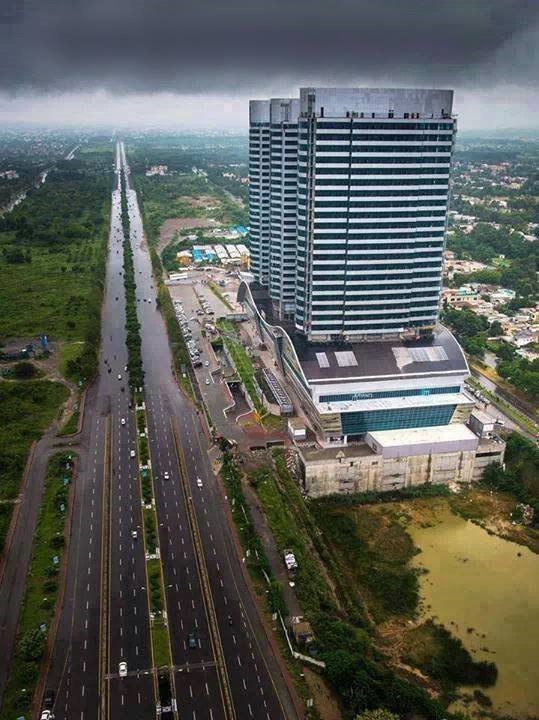
View of Pakistan's capital Islamabad
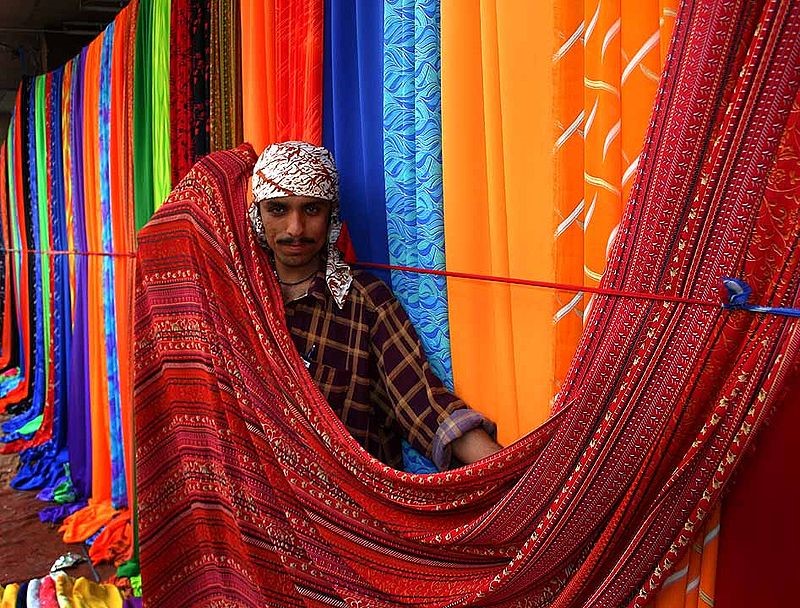
Pakistani textile market, Pakistan has the third largest spinning capacity in Asia.
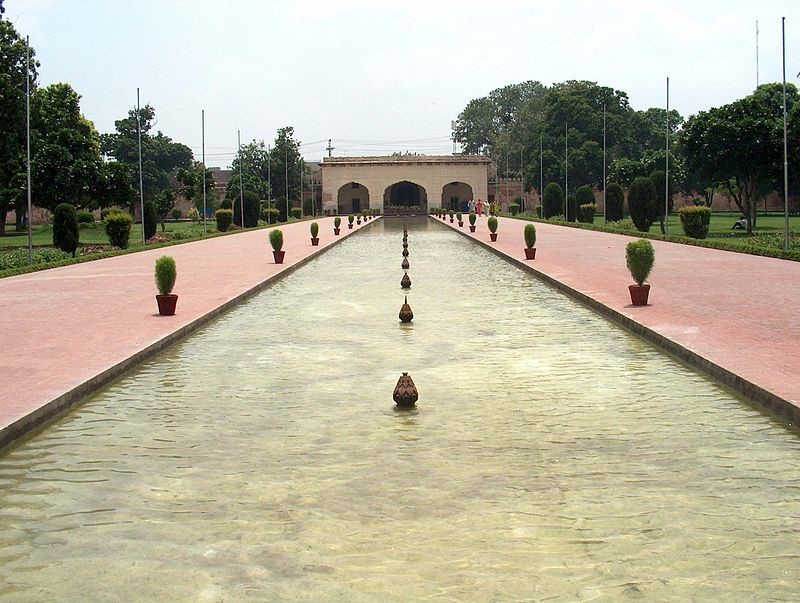
Shalimar Gardens, Lahore was constructed in 1641 AD, today it is listed as a UNESCO World Heritage Site
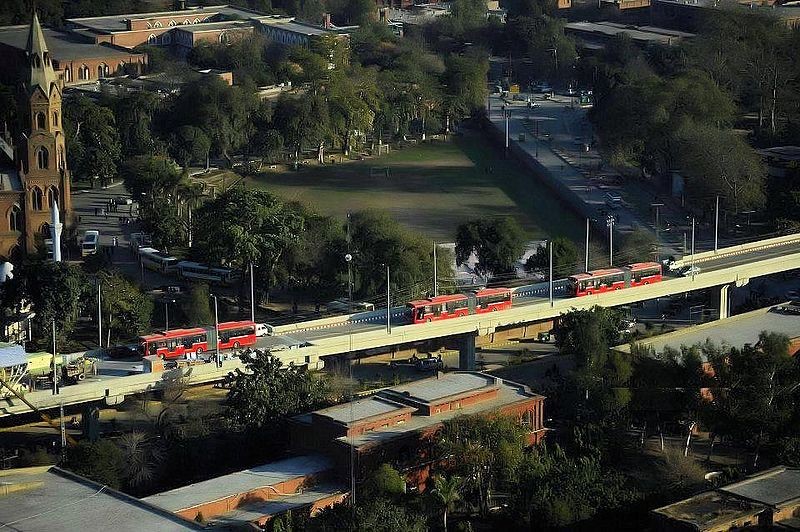
Lahore Metro Bus System is country's first Bus Rapid Transit, while Metrobus Rawalpindi-Islamabad is under construction
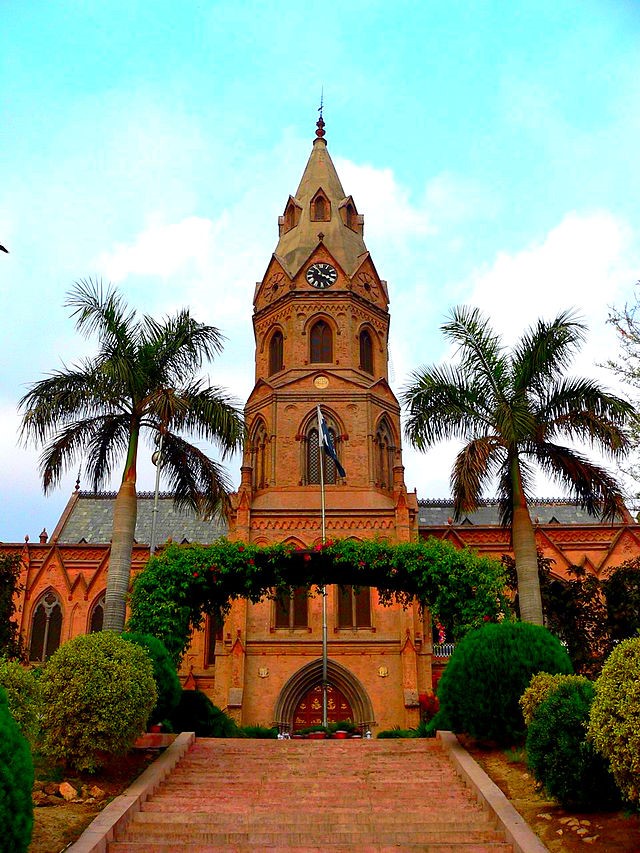
Government College University, Lahore is the oldest institution of higher education in the Muslim world
.

